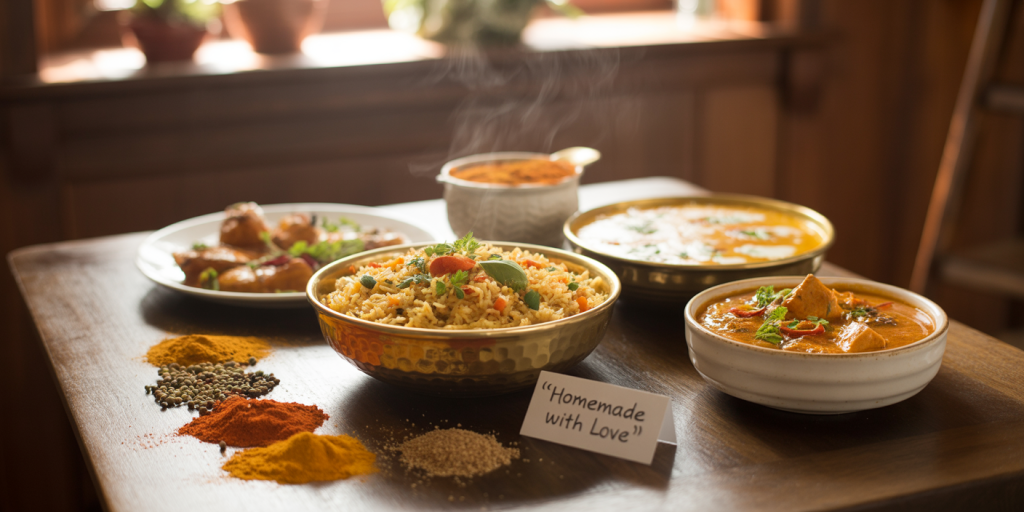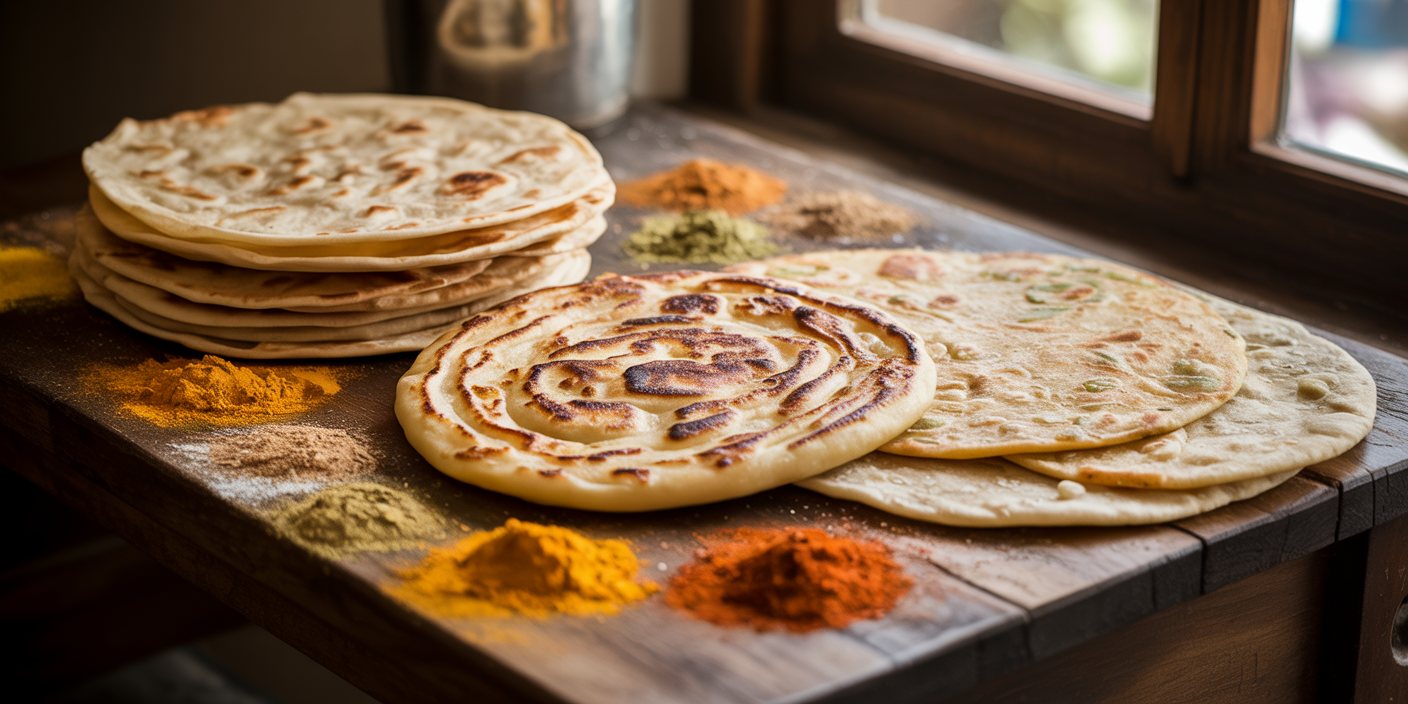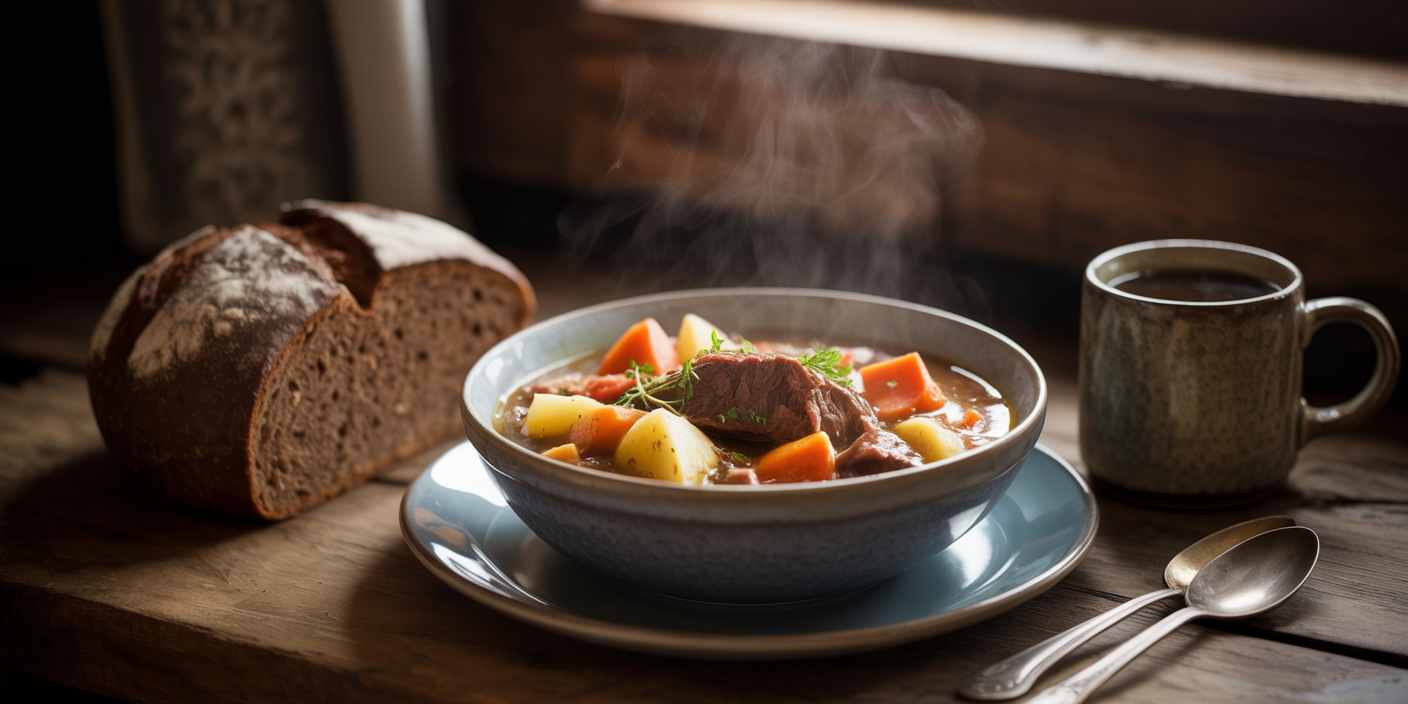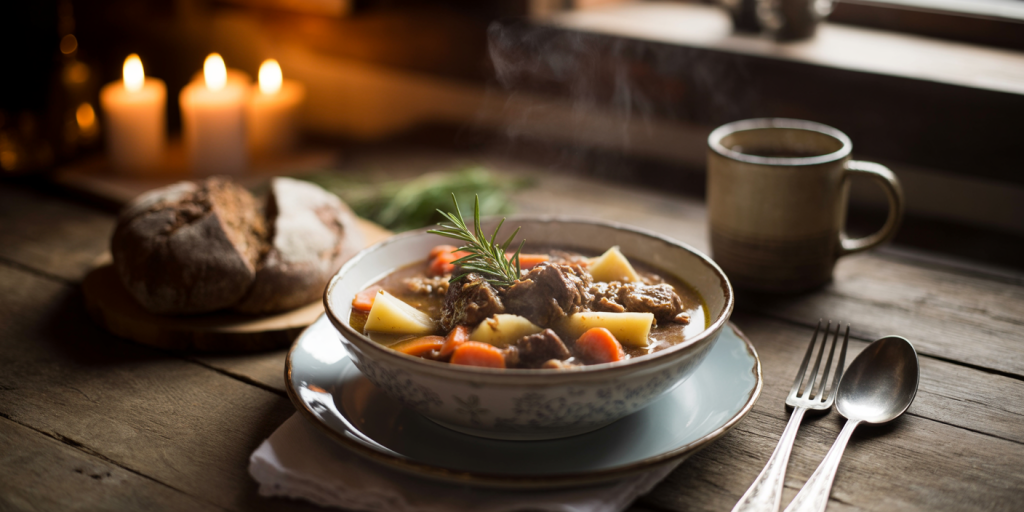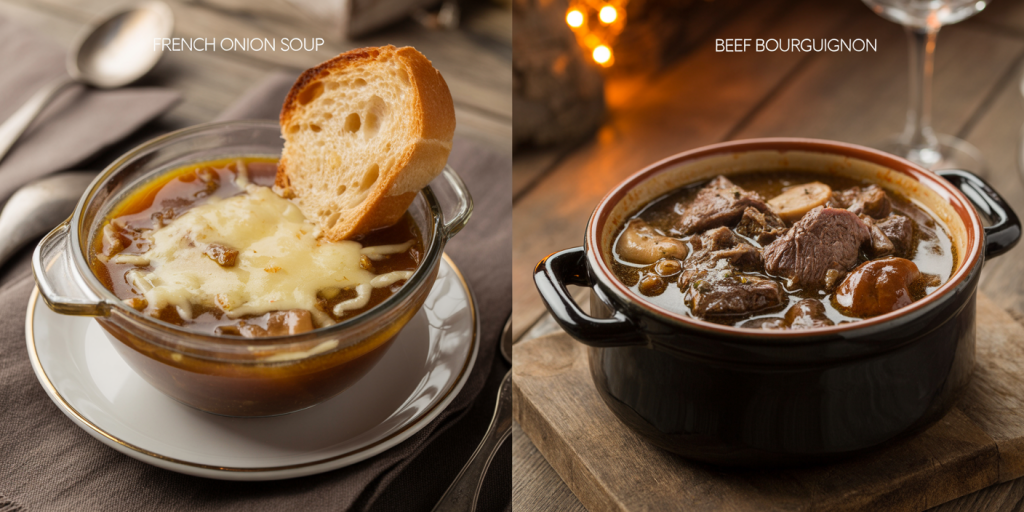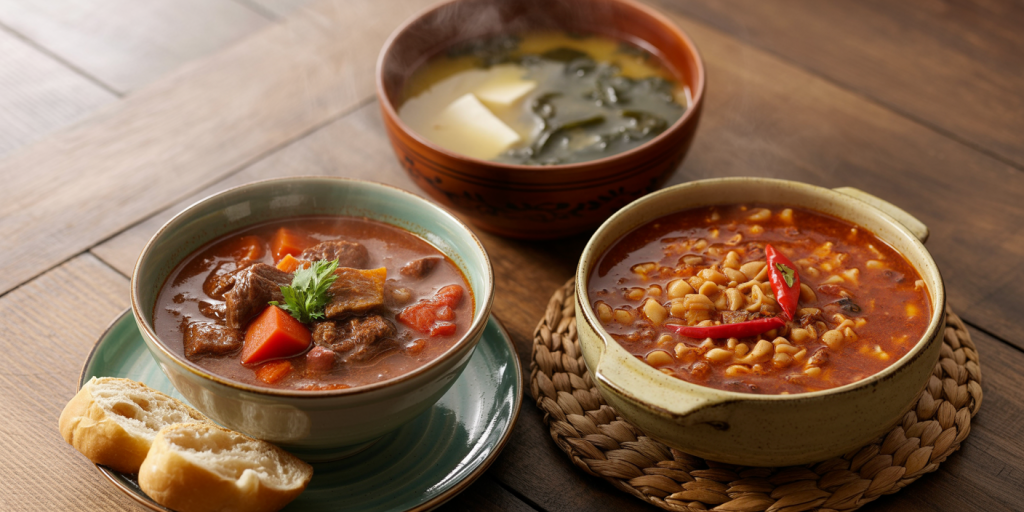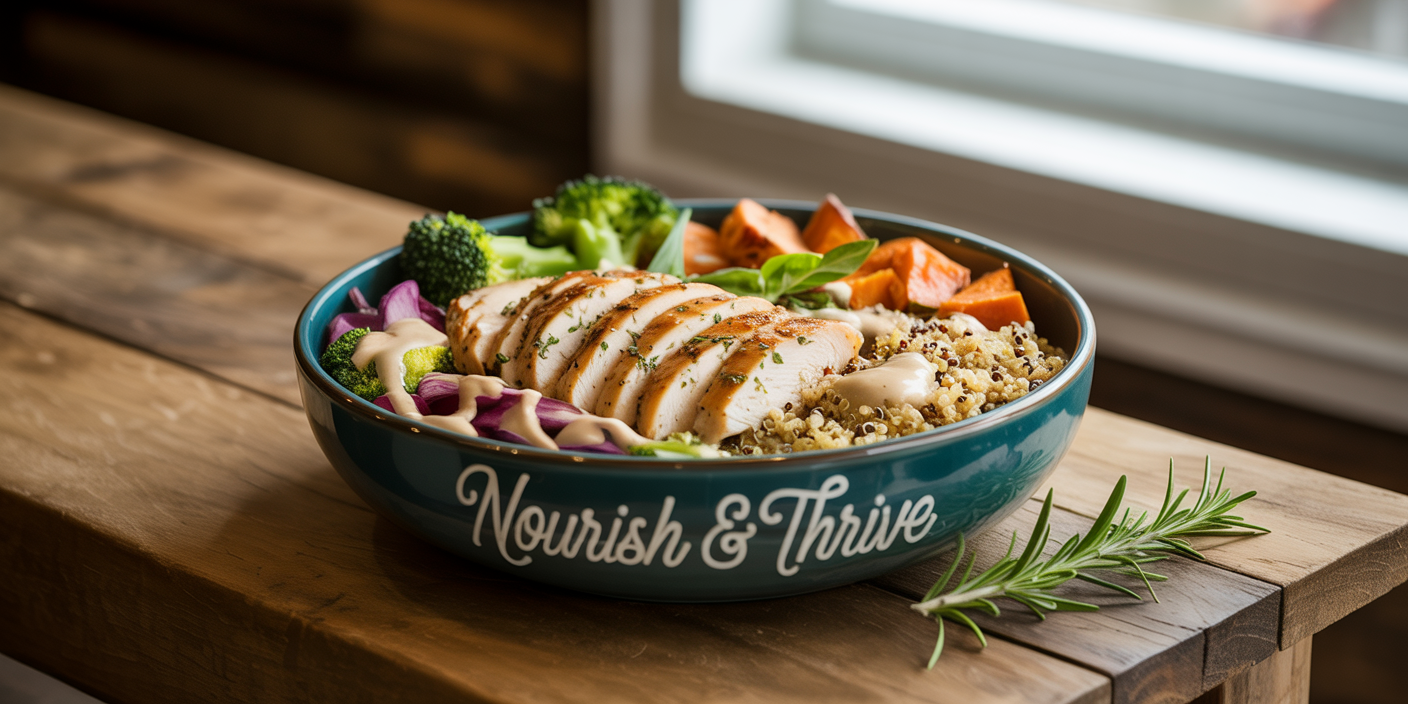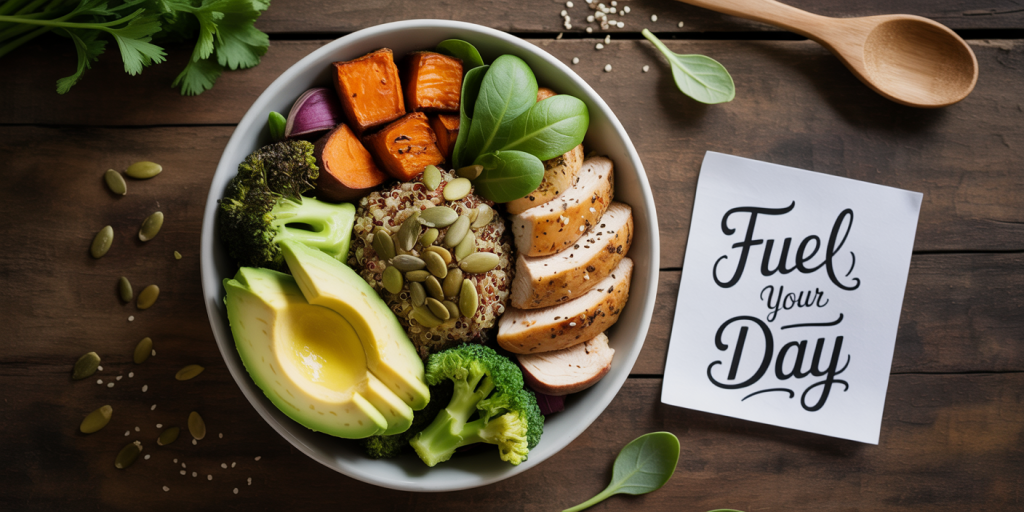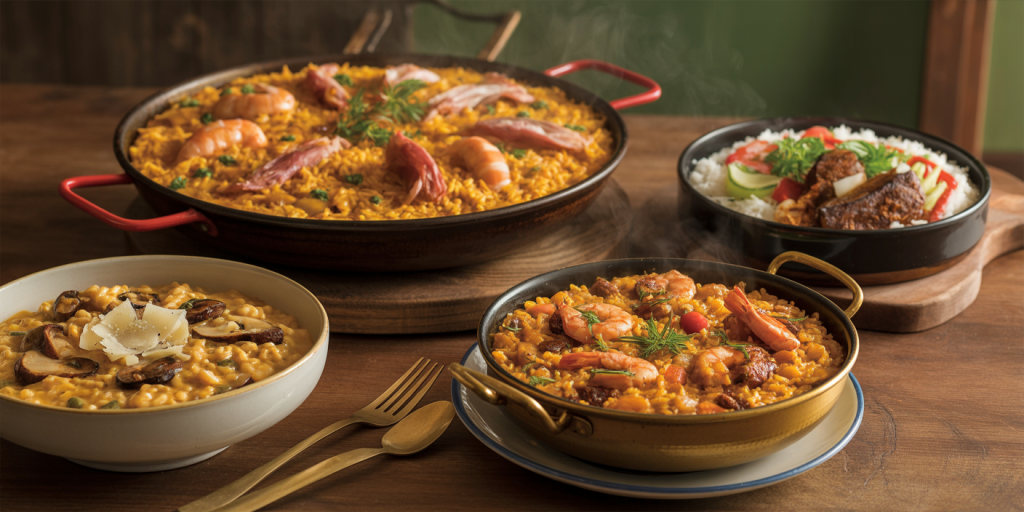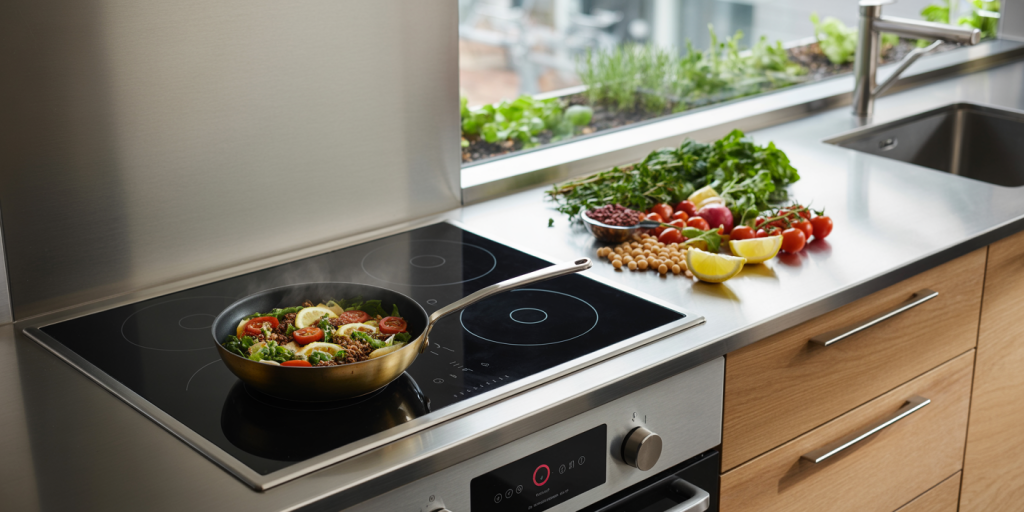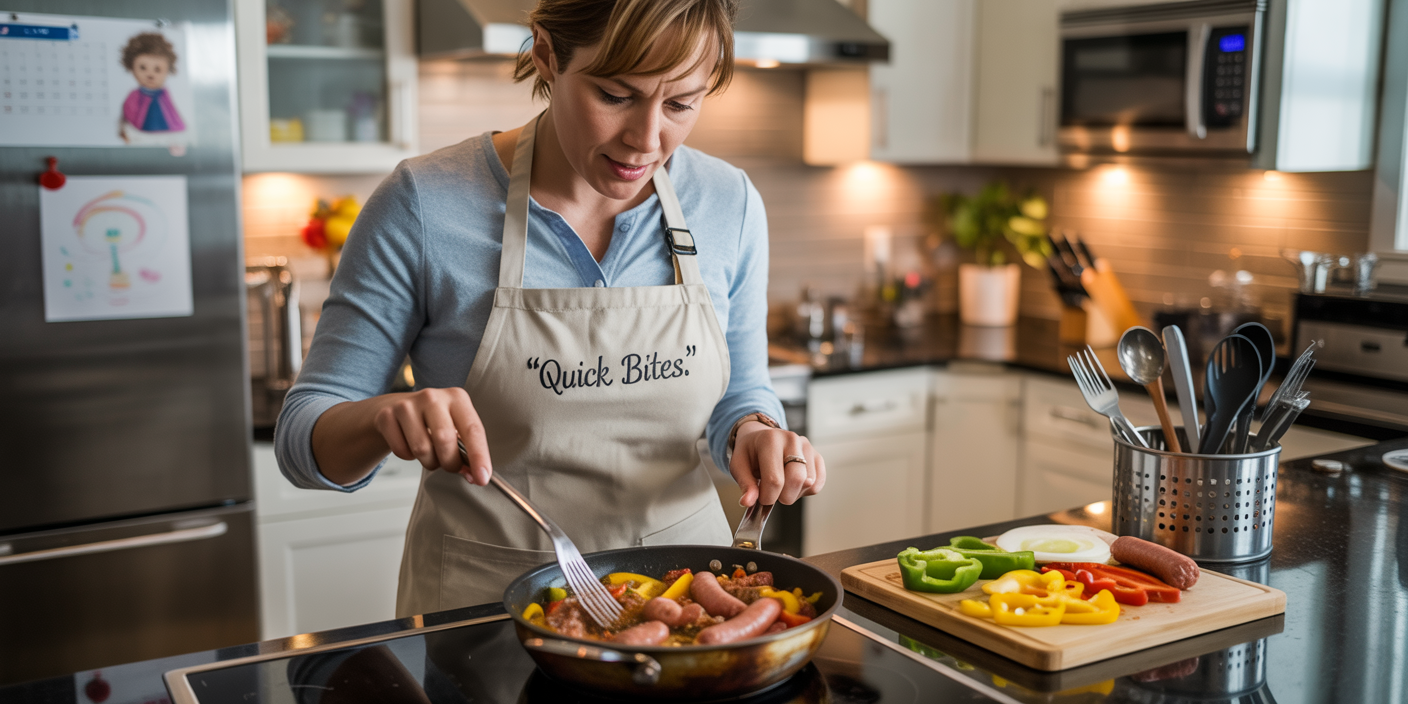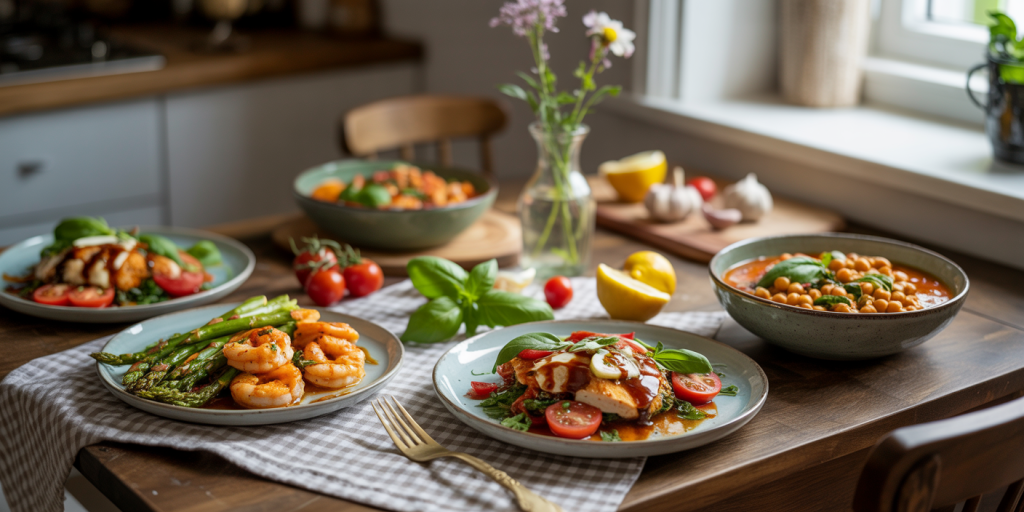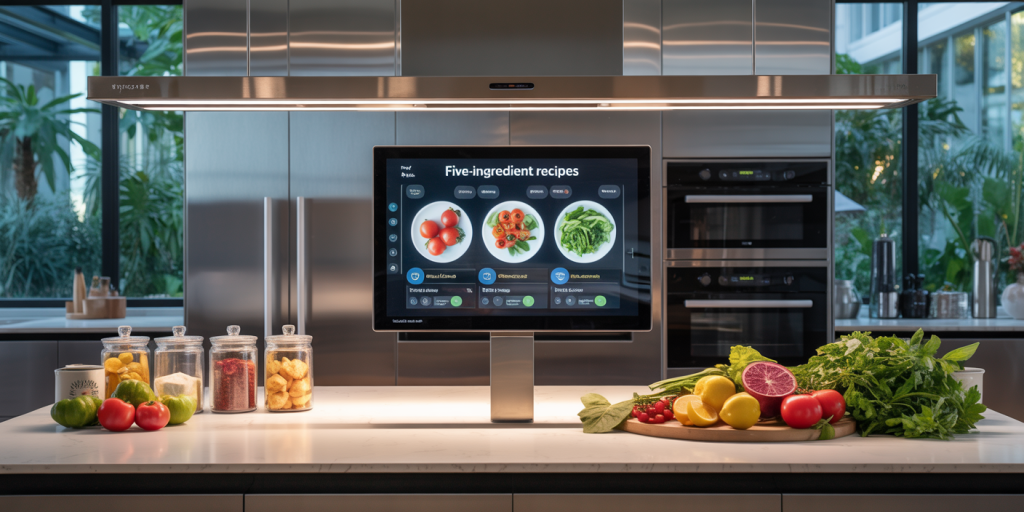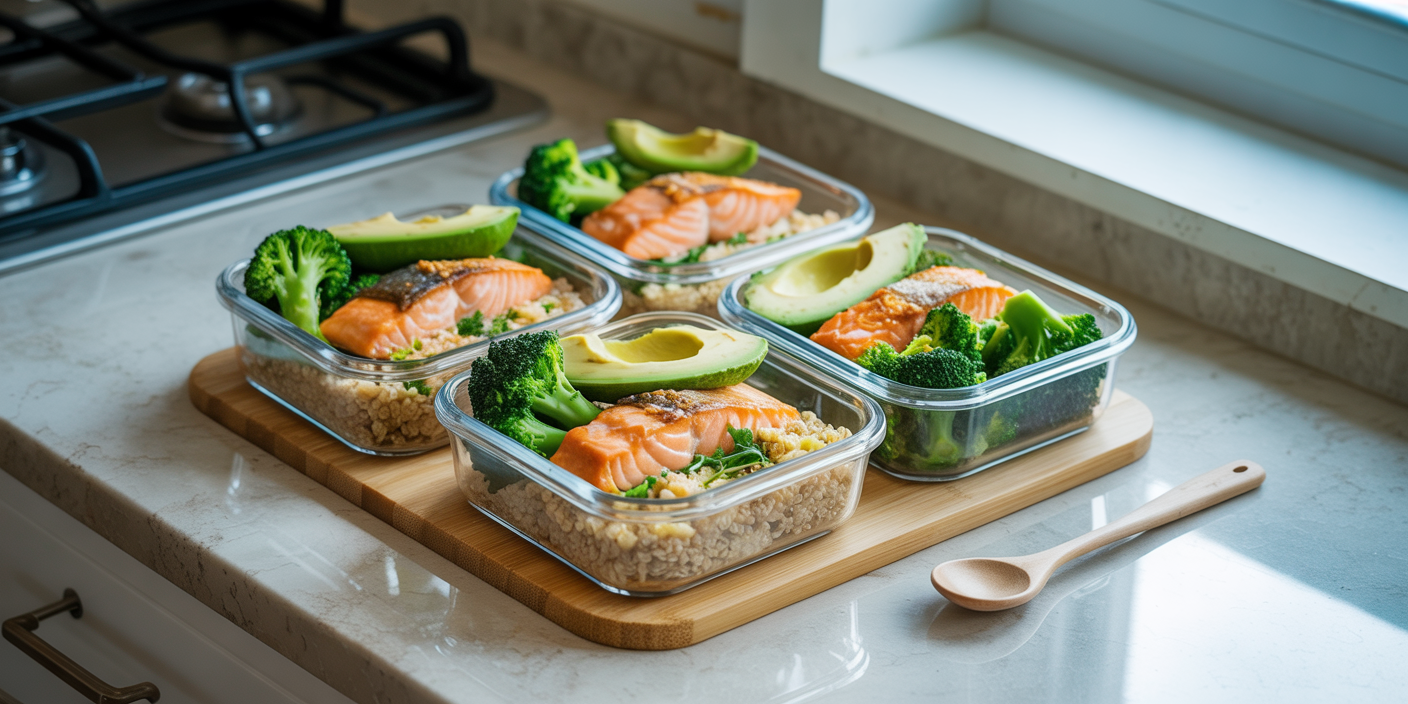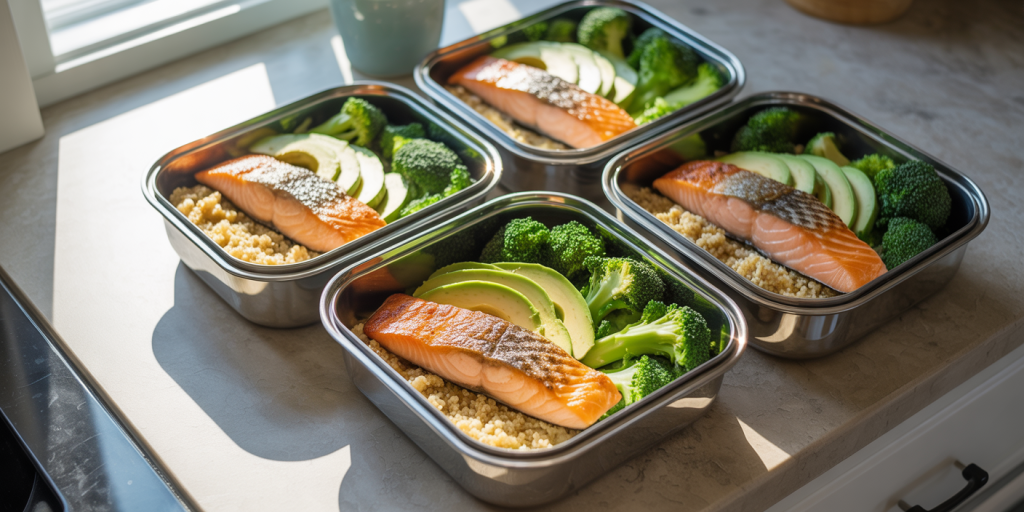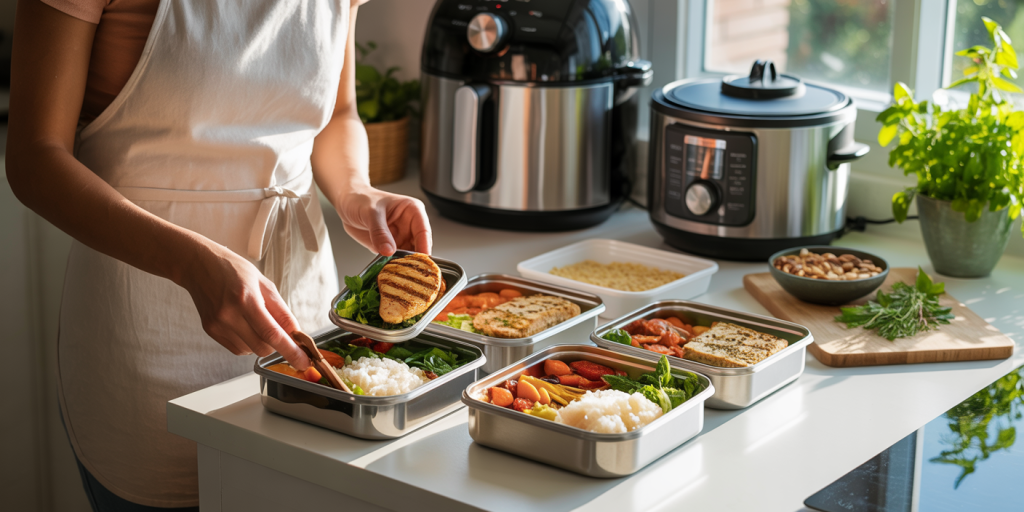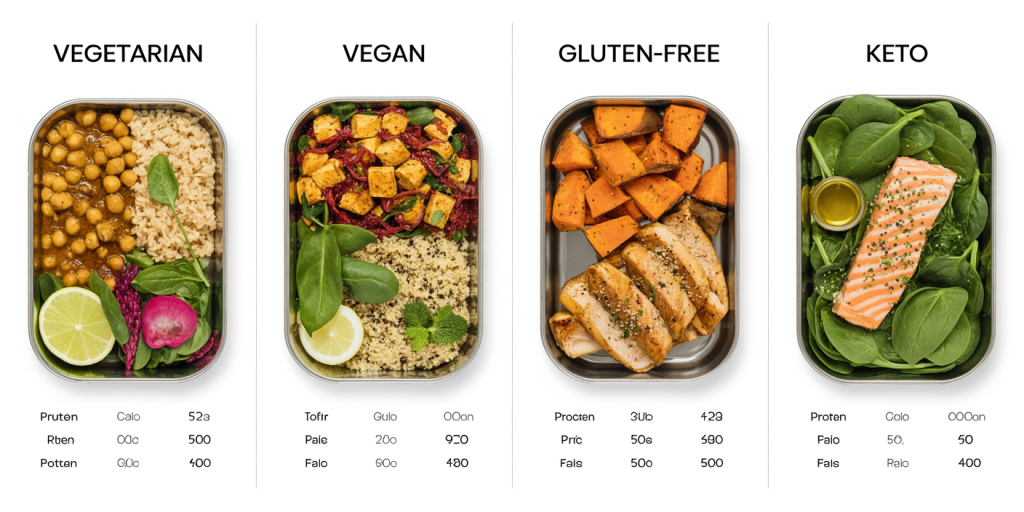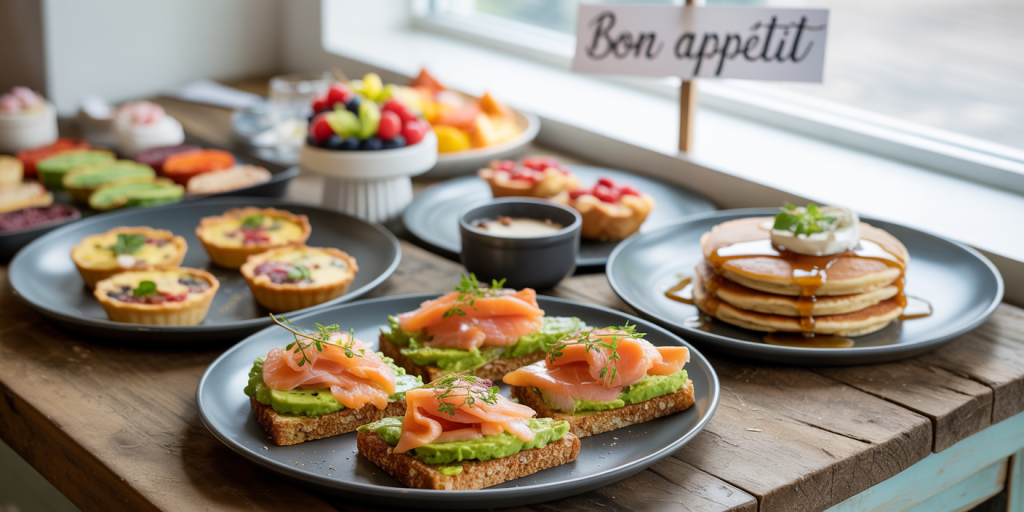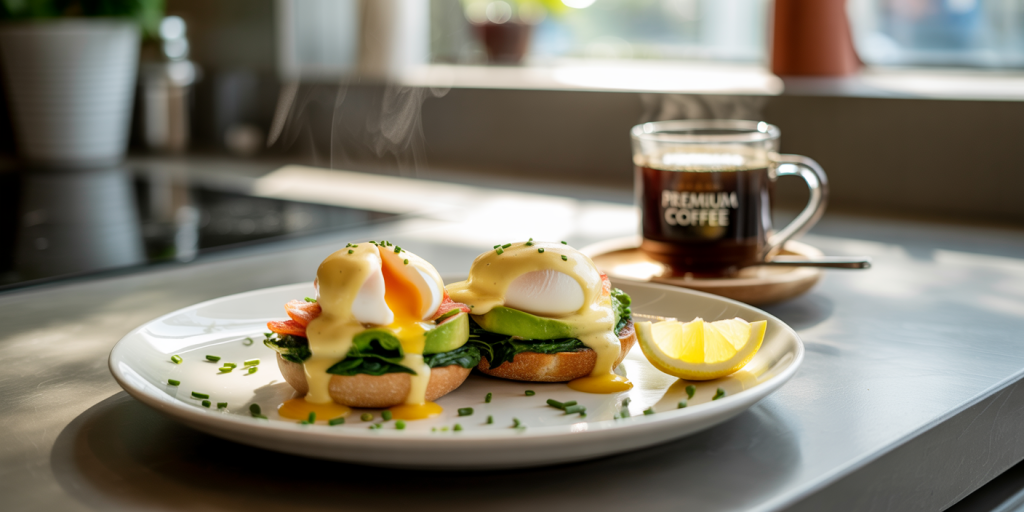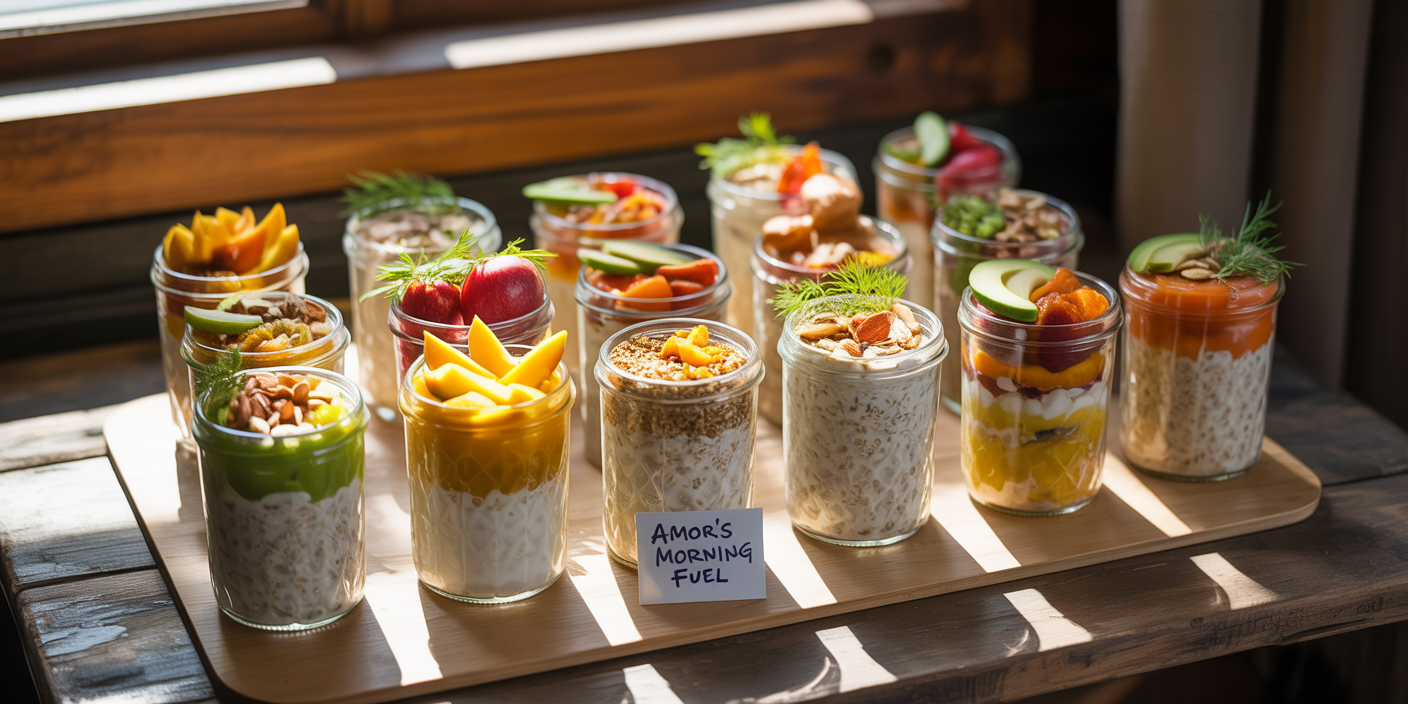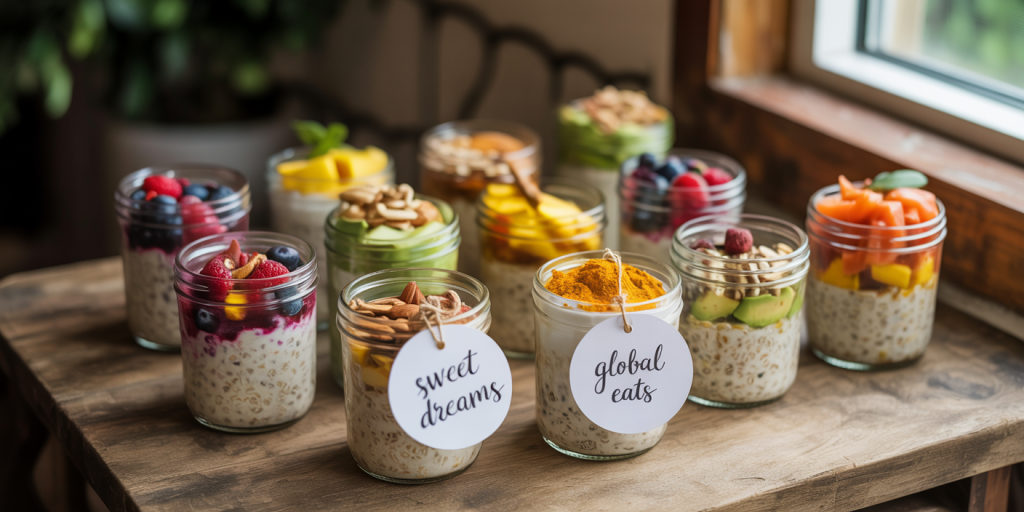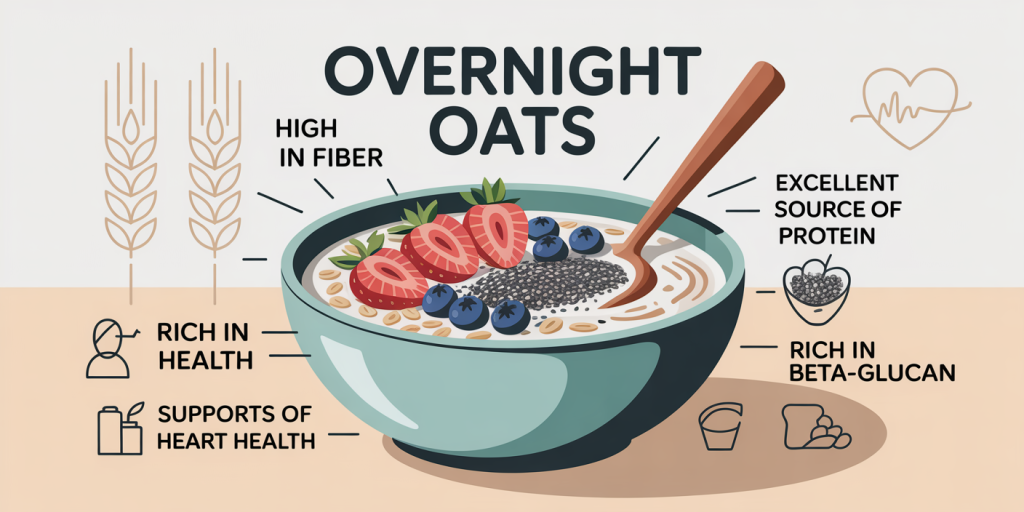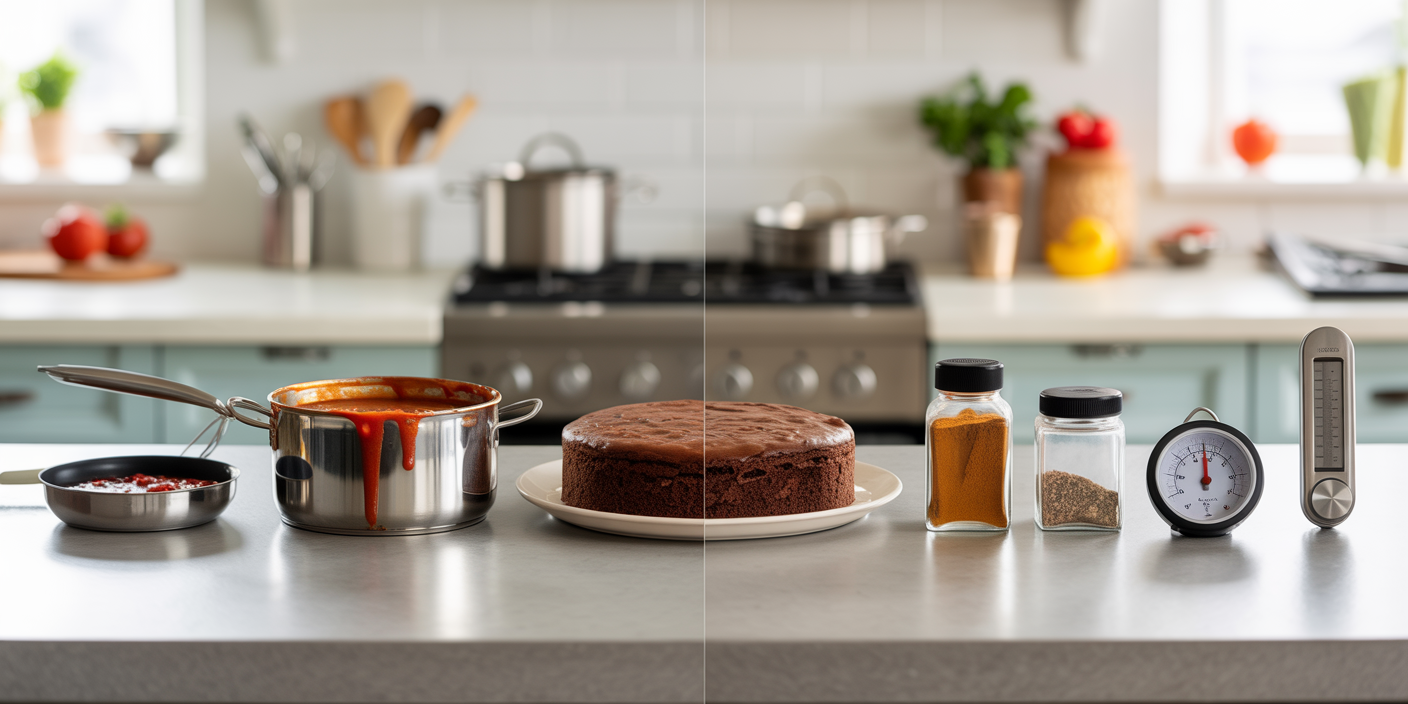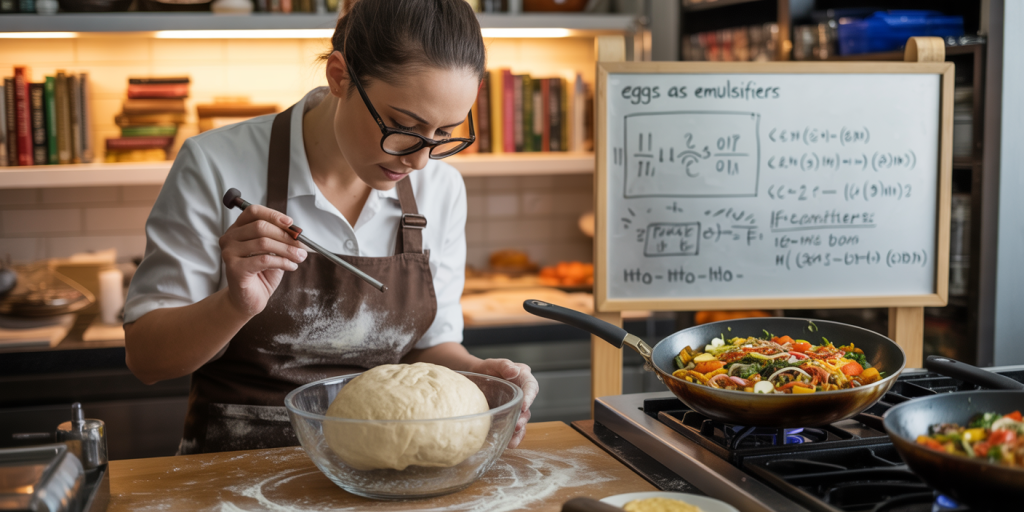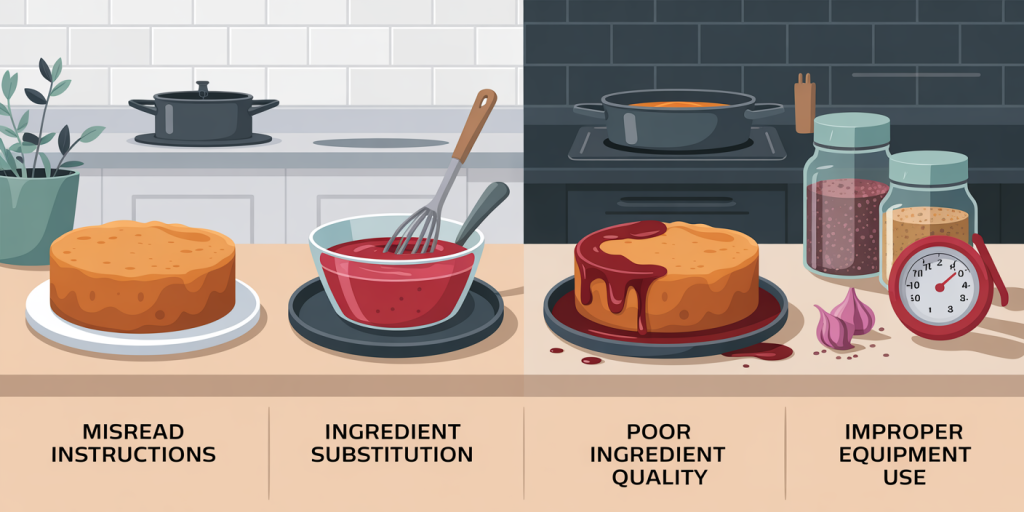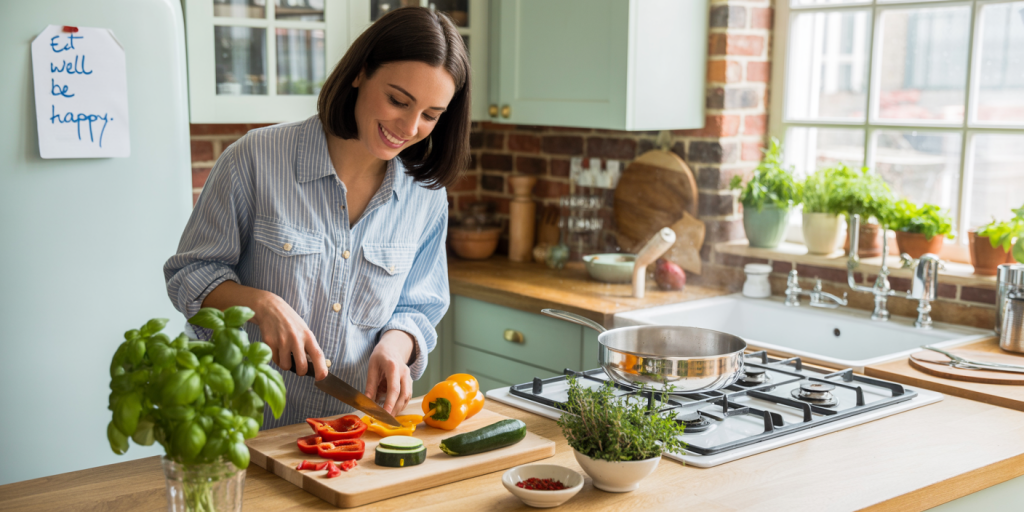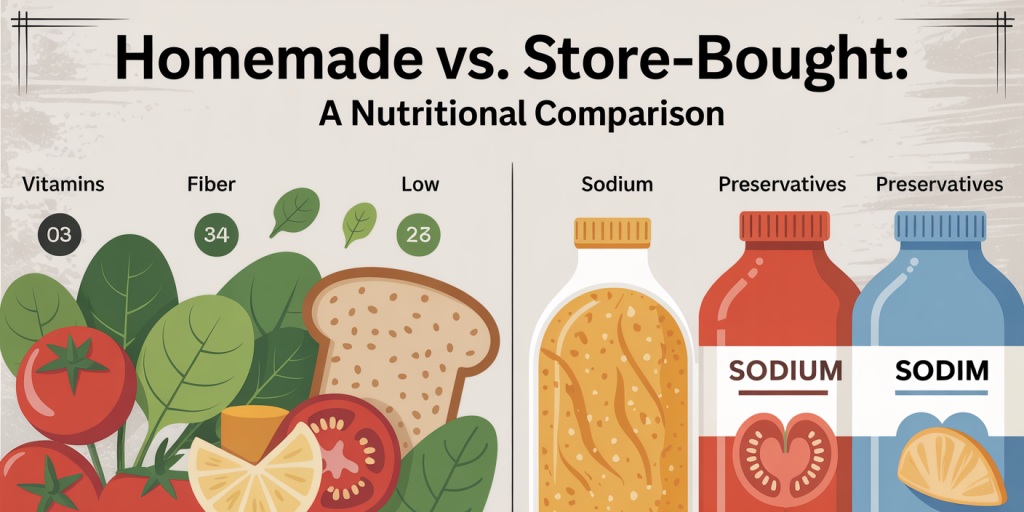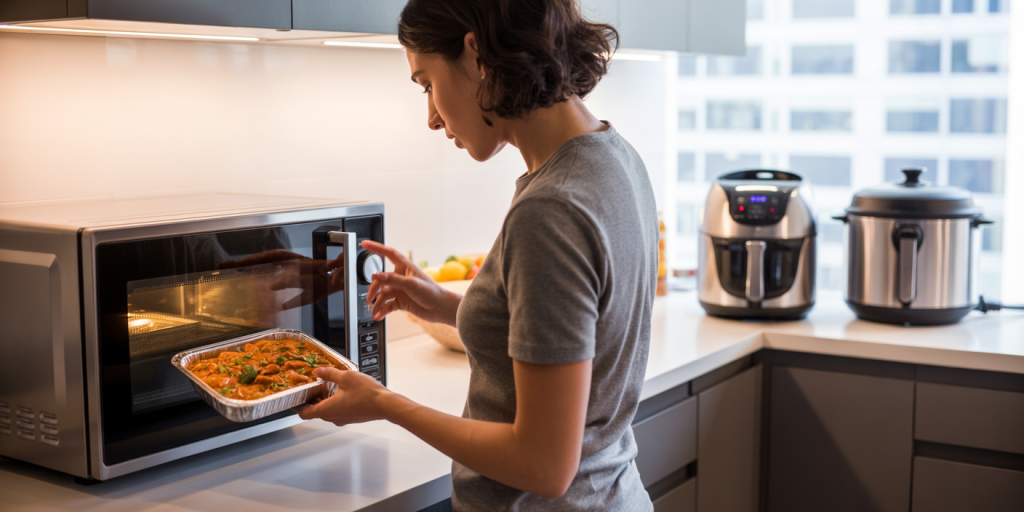Indian cuisine, known for its vibrant colors, diverse flavors, and aromatic spices, often seems intimidating to beginners. However, with the right guidance, even novice cooks can recreate some of India’s most beloved dishes at home. This article explores beginner-friendly Indian recipes, providing practical tips, detailed instructions, and comparisons to help newcomers navigate this flavorful culinary landscape confidently.
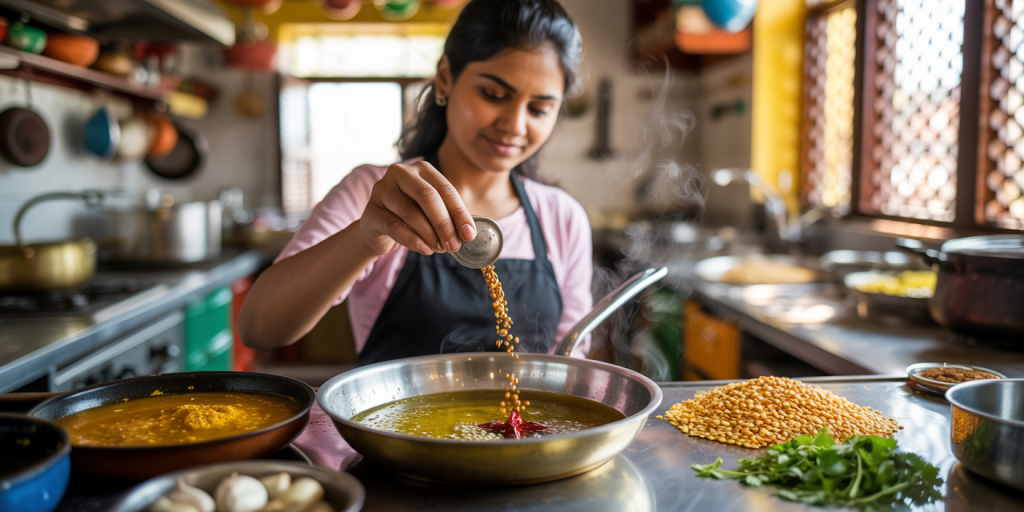
Embracing Indian Flavors: A Rich Culinary Tradition
India’s culinary heritage is shaped by its diverse regions, each contributing unique ingredients and cooking styles. From the creamy curries of the North to the spicy coastal dishes of the South, Indian cuisine offers a variety of flavors ranging from mild to intense heat. For beginners, understanding these regional distinctions can ease the learning curve by narrowing down recipe choices and flavor profiles.
One key advantage of Indian cooking is its flexibility. Many dishes allow for ingredient substitutions based on availability and dietary preferences. For example, paneer (Indian cottage cheese) might be replaced with tofu for vegans, or different vegetables may be used to suit seasonal produce. According to a 2023 survey by the National Restaurant Association of India, over 60% of home cooks prefer adaptable recipes, highlighting the practicality of Indian cooking in everyday settings.
Essential Ingredients and Basic Techniques
Before diving into cooking, it’s crucial to familiarize yourself with essential Indian ingredients and cooking techniques. Spices such as cumin, coriander, turmeric, and garam masala form the backbone of most recipes. These spices not only add flavor but also offer health benefits; turmeric, for instance, contains curcumin, known for its anti-inflammatory properties (Harvard Health Publishing, 2022).
Incorporating these spices is streamlined by mastering a few basic techniques like tempering (tadka), sautéing onions, and blending spices into a smooth masala paste. For instance, the technique of tempering whole spices in hot oil helps unlock their flavors and aroma, a method used in dishes like dal (lentil soup) and vegetable curries.
A practical example is the ubiquitous dal tadka recipe. Beginners can cook lentils with basic spices and then add a tadka comprising mustard seeds, cumin seeds, dried red chilies, and garlic sautéed in oil. This simple approach transforms plain lentils into a flavorful, hearty meal.
Starter Recipes for Beginners
1. Dal Tadka (Tempered Lentils)
Dal Tadka is a popular North Indian dish, perfect for beginners due to its simple ingredients and straightforward cooking process. To make dal tadka, red or yellow lentils are boiled until soft, then tempered with spices and aromatics like garlic, cumin, and dried chili.
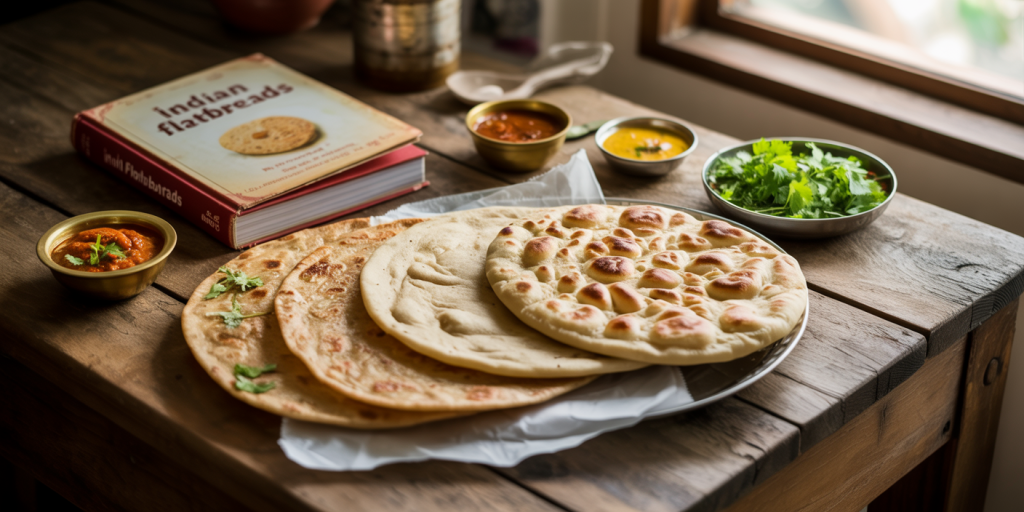
The beauty of dal tadka lies in its nutritional value and versatility. Lentils are an excellent source of plant-based protein and fiber (USDA, 2023). Paired with rice or flatbreads like roti, dal tadka provides a balanced meal suitable for vegetarians and non-vegetarians alike.
2. Vegetable Pulao (Rice Pilaf)
Vegetable pulao is another beginner-friendly recipe combining rice with vegetables and mild spices. This one-pot dish is ideal for those new to Indian cuisine as it requires minimal spice adjustments and basic ingredients commonly found in most kitchens.
Cooking vegetable pulao involves sautéing aromatic spices such as cardamom and cloves with onions, then adding rice and mixed vegetables before cooking in water or broth until fluffy. This method allows cooks to experiment with textures and flavors without getting overwhelmed by complex steps.
Comparing Indian Bread Varieties: Roti, Naan, and Paratha
Indian meals often include a type of bread that complements curries and dals. For beginners, understanding the differences among popular breads like roti, naan, and paratha can enhance meal planning and cooking confidence.
| Bread Type | Ingredients | Cooking Method | Texture | Difficulty Level |
|---|---|---|---|---|
| Roti | Whole wheat flour | Cooked on a flat pan (tava) | Soft and thin | Easy |
| Naan | White flour, yogurt | Baked in tandoor or oven | Soft, slightly chewy with a crisp exterior | Moderate |
| Paratha | Whole wheat flour, oil or ghee | Pan-fried with multiple layers | Flaky and crispy | Moderate |
Roti is the easiest to prepare and requires just flour, water, and a hot flat pan. Beginners often find roti an excellent starting point to practice kneading and rolling dough. Naan and paratha, while equally popular, involve additional steps such as yeast fermentation or layering with oil, which might be better suited after mastering roti.
Quick and Tasty Curries for Novices
Chicken Curry with Basic Spices
Chicken curry is one of the most familiar Indian dishes abroad. A beginner can prepare a flavorful curry using only essentials like onions, garlic, tomatoes, turmeric, cumin, coriander powder, and garam masala. This recipe avoids complicated grindings and slow cooking, favoring a more straightforward approach that still delivers authenticity.
For example, a basic chicken curry involves sautéing onions and garlic, adding diced tomatoes and dry spices, then cooking chicken pieces in this base until tender. Beginners can control spice levels by adjusting chili quantity, making it suitable for different palates.
Paneer Butter Masala (Vegetarian Favorite)
Paneer butter masala is a creamy, mildly spiced vegetarian curry that suits novice cooks looking for rich yet manageable recipes. The gravy typically consists of butter, cream, tomato puree, cashew paste, and mild spices.
This dish’s smooth texture is ideal for beginners to practice simmering and balancing flavors. It also showcases how dairy products enhance Indian curries, offering a luxurious taste without complex technique. Recipes are widely available online, with many variations adjusting the creaminess and spice intensity based on preference.
Incorporating Indian Flavors in Everyday Cooking
Indian cuisine’s robust spice profile allows it to blend seamlessly into global cooking trends like fusion and healthier adaptations. For example, Indian-inspired salads use chaat masala (a tangy spice mix) sprinkled on fresh produce, providing a new dimension to salads without elaborate cooking.
Moreover, the rise of plant-based diets has boosted popularity of Indian legume-based dishes. Chana masala (chickpea curry) and rajma (kidney bean curry) have entered international comfort food repertoires due to their hearty, protein-rich properties. According to Mintel’s 2023 Food Trends report, there has been a 30% increase in searches for Indian vegan or vegetarian recipes in western countries over the past two years, showing growing global interest.
Future Perspectives: Indian Cooking for Global Kitchens
Looking ahead, the accessibility of Indian recipes will continue to improve, driven by digital platforms, cooking apps, and virtual classes designed to demystify complex dishes. AI and machine learning tools are beginning to offer personalized cooking advice, such as ingredient substitutions and step-by-step tutorials tailored to skill levels.
Additionally, the fusion of Indian flavors into global cuisines is set to expand, with chefs experimenting with Indian spices in fast food, bakery products, and health-conscious meals. Innovations such as spice blends with reduced sodium or fat content cater to modern dietary trends while preserving authentic taste profiles.
Encouragingly, this democratization of Indian cooking bolsters cultural exchange and promotes healthier home cooking worldwide. By embracing simple, beginner-friendly recipes, novice cooks can build confidence and gradually explore the rich tapestry of Indian flavors, making this culinary tradition more inclusive and approachable.
—
This article provides a detailed roadmap for beginners interested in Indian cuisine, from understanding essential ingredients and cooking methods to mastering simple yet delicious recipes. Through practical examples and comparative insights, new cooks can confidently embark on their journey to create authentic Indian meals, steadily advancing towards more complex dishes. With continuous innovations and growing global interest, Indian cooking remains an exciting and accessible culinary adventure for everyone.
